.webp)
Can Cross-Functional CLM Be the Key to Smarter Contracting?
Think about the last time you heard someone say, “That’s not my department, pass it on.” It’s a phrase that floats around most offices, often when a task lands in unfamiliar territory. And in the world of contracting, this phrase gets thrown around even more.
The default solution?
Send it over to Legal.
But here’s the irony: while Legal often ends up with every contract-related task, they’re not the only team who relies on those agreements. Sales depend on signed contracts to close deals. Procurement in CLM needs them to manage suppliers. Finance needs them to forecast revenue and monitor spending. C-Suite requires contract insights to make major business decisions.
When every department is so deeply connected to contracts, letting them pile up on Legal’s desk creates bottlenecks and frustration. This is exactly where cross-functional contract lifecycle management (CLM) comes into the picture. It’s not just about managing agreements more efficiently; it’s about breaking down silos and letting contracts become the foundation of smarter business collaboration.
Rethinking Contract Ownership
Traditionally, contracting has been treated as the legal team’s job. Drafts, reviews, redlines, negotiations, compliance, everything gets routed through them. Yet this centralized approach is also the biggest barrier to speed and efficiency. A single team becomes a bottleneck, while others sit waiting.
Cross-functional CLM introduces a new way of working. Instead of treating contracts as legal paperwork, it treats them as shared business assets. Every team-Legal, Sales, Procurement, Finance, Operations, and Executives, has access to the same platform, the same data, and the same visibility. The result is not just faster, but smarter contracting, because decisions are informed by collective intelligence rather than one team working in isolation.
Why AI Makes CLM Smarter
A basic CLM already improves efficiency, but adding artificial intelligence elevates it into a true business accelerator.
Legal teams use AI to scan agreements, extract clauses, and flag risks instantly. Legal Ops can rely on AI to generate drafts in seconds or redline agreements according to predefined playbooks. Procurement gains supplier insights by connecting contract data to ERP systems. Sales get alerts on renewal opportunities and obligations that could drive up sales. Finance can analyze revenue-related terms on a scale, and executives get predictive analytics to guide strategy.
AI essentially transforms contracts from static documents into living sources of intelligence, constantly feeding the business with data that sharpens decision-making.
How every department wins with CLM
Contracts are universal business tools, but each department interacts with them differently. A strong CLM solution recognizes these nuances and delivers value to everyone.
Legal’s Strategic Advantage
Lawyers are constantly balancing due diligence with the need to move fast. Without CLM, they spend hours buried in repetitive work-tracking clauses, combing through old agreements, or chasing contract status updates. With a central repository and AI-driven clause analysis, Legal gets full visibility into risks and obligations. They can resolve bottlenecks faster and focus on strategy rather than paperwork.
Legal Operations in Control
Legal Ops plays the role of enabler, making sure Legal runs efficiently. With CLM, they can standardize processes, automate workflows, and reduce compliance errors. This frees them from routine manual tasks and allows them to focus on scaling operations across the enterprise..webp?width=300&height=300&name=Untitled%20design%20(8).webp)
Procurement with Better Supplier Insights
Procurement thrives on relationships and delivery performance. Without strong CLM, they’re left drafting contracts from scratch and manually checking supplier compliance. With contract intelligence, Procurement gains a full view of supplier obligations, can track performance in real time, and build stronger partnerships by managing risks before they escalate.
Sales Closing Faster
For Sales, time is everything. Every extra day in contract negotiation risks losing momentum with a customer. CLM shortens the sales cycle by giving Sales self-service templates, automated approval workflows, and visibility into customer obligations. Instead of emailing Legal for every minor change, Sales can handle first drafts and negotiations themselves, getting deals signed faster while maintaining compliance.
Finance Driving Accuracy
Finance needs to understand how contracts impact budgets, revenue, and cash flow. Without a CLM, they risk revenue leakage from missed deadlines, invoicing errors, or hidden obligations. A connected CLM system surfaces real-time financial data tied directly to contracts, empowering Finance to forecast accurately, streamline billing, and prevent costly mistakes.
Executives with a 360° View
At the leadership level, contracts are not just documents-they’re data-driven assets that reflect business health. With AI-powered CLM, executives get real-time dashboards on risk, performance, and revenue potential. Instead of relying on fragmented reports, they can make faster, smarter decisions backed by contract intelligence.
Making Contracting Collaborative
Of course, adopting a CLM system doesn’t automatically make contracting collaborative. To truly break down silos, organizations need to foster participation across teams. Collaboration requires intention, planning, and a shift in mindset.
Identifying Bottlenecks Early
Every company has sticking points-review delays, compliance errors, miscommunication. The first step is acknowledging where contracts get stuck. Instead of blaming Legal or Procurement, map the entire lifecycle and identify why bottlenecks happen..webp?width=300&height=300&name=Untitled%20design%20(11).webp)
Building Communication Pathways
Open channels of communication are essential. Teams need ways to provide feedback, flag issues, and suggest improvements. A CLM platform that enables comments, real-time updates, and visibility ensures no one is left in the dark.
Defining Responsibilities Clearly
Collaboration works only if everyone knows their role. Sales may draft the first version. Procurement may review supplier obligations. Legal handles high-risk clauses. Finance ensures terms align with budget. By clarifying responsibilities, organizations prevent confusion and speed up workflows.
Prioritizing the Right Work
Not all contracts are created equal. While Legal should focus on high-stakes agreements, lower-risk contracts can be drafted and reviewed by business teams with the help of CLM templates. This ensures expertise is applied where it’s most valuable without overwhelming Legal with routine work.
Protecting Relationships
Poor communication often damages relationships-with customers, suppliers, or even colleagues. With CLM providing a single source of truth, teams can minimize miscommunication, reduce risks, and preserve trust across every interaction.
Continuous Improvement
Contracting is not static. As business priorities evolve, so should contracting practices. Organizations that regularly review how teams use CLM, gather feedback, and refine processes are the ones who truly unlock their potential.
The future is Collaborative Contracting
The shift toward collaborative contracting is not just great practice, it’s becoming a necessity. The cost of sticking with siloed, outdated methods is no longer just an inconvenience, it’s lost business.
Collaborative CLM addresses this head-on. By involving all stakeholders-Legal, Finance, Sales, Procurement, Compliance, and Leadership, companies ensure every contract reflects organizational priorities, not just departmental concerns. This alignment drives faster turnaround times, stronger compliance, and ultimately better business outcomes..webp?width=300&height=300&name=Untitled%20design%20(9).webp)
From Chaotic Documents to Shared Intelligence
At its core, collaborative CLM is about transforming contracts from static documents into dynamic, shared assets. Instead of being locked in emails, spreadsheets, or filing cabinets, contracts live in a central system that every stakeholder can access. Each department contributes, reviews, and tracks progress in real time.
This transparency prevents duplicate work, reduces errors, and keeps everyone accountable. Contracts stop being a burden and start becoming an enabler of growth.
The Payoff of Smarter Contracting
When contracting becomes collaborative, the benefits compound quickly. Transparency improves across departments, eliminating miscommunication. Negotiation cycles shorten as stakeholders work on a single version of the contract. Risks are mitigated because everyone has visibility into compliance obligations. Most importantly, contracts start aligning with strategic objectives across the organization.
By turning contracting into a shared responsibility, businesses unlock speed, accuracy, and efficiency-all while building stronger relationships with customers and suppliers.
Smarter contracting also creates a ripple effect across the enterprise. Customers and suppliers notice the difference when agreements are handled quickly, clearly, and fairly. This builds loyalty, enhances reputation, and opens doors to long-term partnerships. Over time, collaborative CLM doesn’t just reduce friction in processes, it fundamentally transforms how an organization operates, making contracts a true competitive advantage.
Final Thoughts
So, can cross-functional CLM be the key to smarter contracting?
The answer is a resounding yes, but only if it’s approached as a shared journey.
Contracts cannot sit solely with Legal. They must be treated as enterprise assets, shaped by collaboration, powered by AI, and guided by data.
.webp?width=300&height=300&name=Untitled%20design%20(10).webp)
The organizations that embrace this shift are already discovering that contracts don’t just record agreements, they create opportunities. When every department has visibility, when data flows seamlessly across functions, and when AI powers intelligent decision-making, contracts start becoming a strategic driver.
Cross-functional CLM is not merely about technology; it’s about transforming company culture.
It’s about replacing the mindset of “pass it to Legal” with a collective approach where Legal, Sales, Procurement, Finance, and the C-Suite work together toward shared outcomes.
By embracing this model, businesses can accelerate deal cycles, reduce risk, foster stronger supplier and customer relationships, and gain the agility needed to thrive in competitive markets.
The organizations that recognize this shift early will stand apart. They will be faster, smarter, and more resilient, turning contracts into opportunities rather than obstacles. The question is no longer whether contracts should be managed collaboratively, but how quickly you can start building a smarter contracting process that transforms the way your enterprise does business.
By empowering every department to contribute to the contracting process, businesses turn contracts into strategic tools that drive growth, innovation, and trust.
Let us elevate your contract lifecycle management with cross-functional collaboration.
Schedule a free demo with Dock 365
Book a Live demo
Schedule a live demo of Dock 365's Contract Management Software instantly.
.jpg?width=1260&height=1205&name=Image%20(2).jpg)
Written by Fathima Henna M P
As a creative content writer, Fathima Henna crafts content that speaks, connects, and converts. She is a storyteller for brands, turning ideas into words that spark connection and inspire action. With a strong educational foundation in English Language and Literature and years of experience riding the wave of evolving marketing trends, she is interested in creating content for SaaS and IT platforms.


